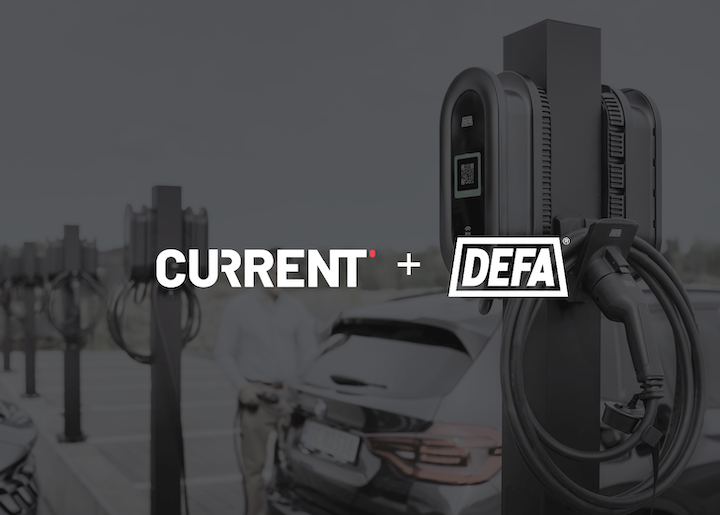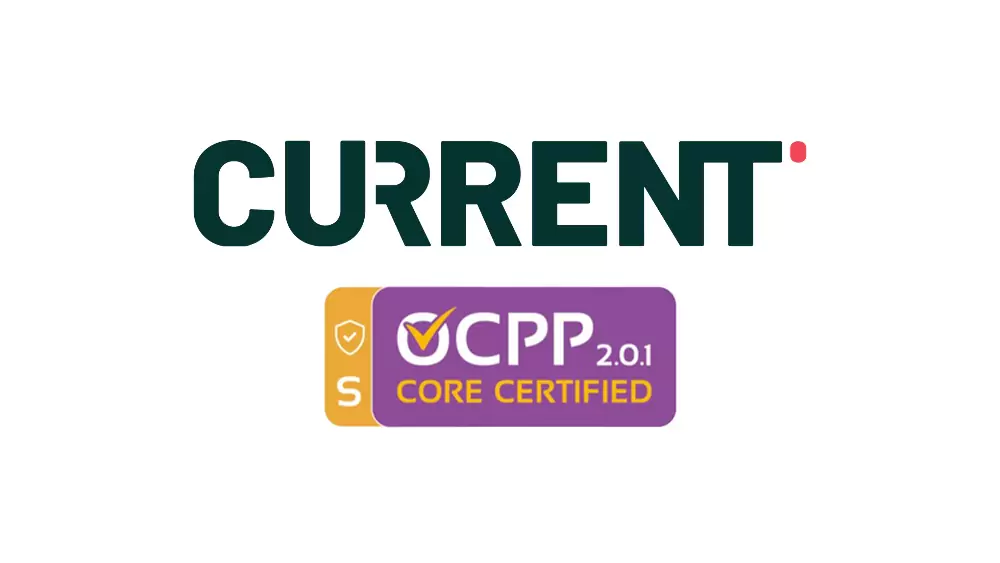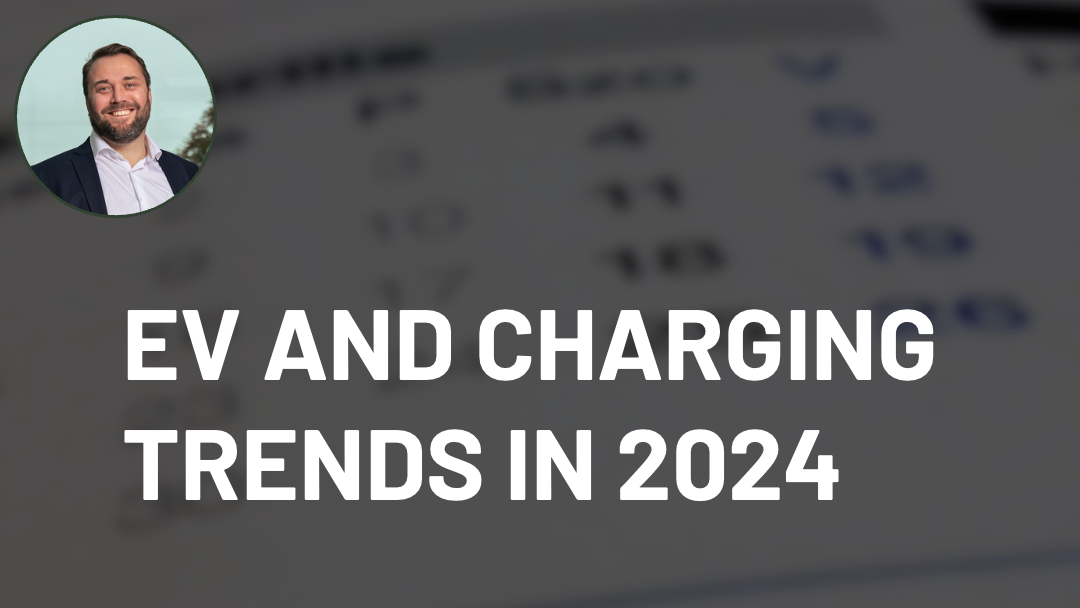
When a customer comes to CURRENT needing support, it’s our responsibility to educate them and solve their problems. EV charging – and energy in general – are complicated topics that aren’t obvious to everybody. To combat this, CURRENT offers first-line support to its customers’ end-users; it’s what keeps people coming back to use our chargers.
There are three main areas in which customers need support: onboarding a new customer, billing, and solving genuine issues as they arise.
Onboarding
Customers begin by downloading our Smartcharge app, from here we’re able to provide support if they’re unable to find a particular charger – or they don’t have access to the charger – and they call us for help. Our job is to help them get access or explain the reason they don’t have access, which means getting them to understand how the ecosystem is connected. It’s a problem-solving mission between us and them.
The next area customers need assistance with during onboarding is adding a credit card or payment method once the charger they want to use is ready. Some people are more adept at this than others, depending on how digitally savvy they are. As long as you use online banking, it’s very simple with minimal potential for problems. There are occasional issues with certain cards and certain banks, but that’s more likely to be an error than a genuine problem.
The more complicated issues we need to fix come when someone buys an EV but isn’t used to using apps — often because they don’t have a smartphone or computer. Getting them set up for payment can be difficult, but there are ways around this, like creating physical invoices (something we can do in Norway and hope to roll out to other countries soon). Otherwise, we need to get a family member or friend that the customer trusts to do the digital onboarding.
For example, if a customer’s apartment has new EV chargers, the people in charge of the building could invite users to use those devices. Then, CURRENT’s system would automatically invite those users, who can add their own users, giving them access to the charge points according to how they would like it set up. The only thing the individual has to do is add credit card information or RFID tags, making the process extremely smooth. This takes the responsibility out of the hands of people who aren’t necessarily up-to-date with modern technology.
We have successfully dealt with a real-life case where a 95-year-old customer didn’t have a smartphone in order to use his smart EV charger, but we were still able to onboard him and make it work in a way that satisfied both parties. He had been given an RFID tag with a charger, so to onboard him, we told him that all he needed to do was swipe it in front of the charger and then call CURRENT when back in his apartment, allowing us to assign that tag to him as the user. He also gets a physical invoice every month, making payment much easier for him.
Look for areas that are underserved by chargers, shopping center car parks for example. If you can find areas where it will be convenient to charge while doing something else, you’ll be one step closer to a happy customer base. Equally, think about customer needs while charging. Things like shelter, accessibility, and ease of use are all important.
Billing
We also provide support on EV charging billing issues. Many people don’t really understand energy, and as a result, they don’t always understand what they’re paying for. Our team is there to reassure them if they feel uncertain and start questioning whether their bill is correct. Transparency of business models is the only way to reduce this pain. It all comes down to information flow from whoever is setting the prices to the users.
In CURRENT’s case, if we are supplying the e-mobility service provider (EMSP) app, the pricing for that user will be in the app so they know what they're paying for at any given time — they can also see their history and how pricing is figured out. However, if there’s another EMSP option on top of our solution, this can complicate things. At that point, it’s all about taking the time to educate.
Sometimes, there’s a hiccup in the data and something is wrong. From there we work to solve the customer’s problem by reimbursing money, crediting the invoice, and so on. It can all be done through the portal, but it’s crucial to understand what the challenge is for that user.
When things aren’t working
By far the most complicated type of support CURRENT offers as part of its first-line support is when something goes wrong. There are so many points in the value chain that can break, and that need to be addressed and figured out. For anyone to charge through our system, they need the charge point to be online, it needs to be able to communicate, the vehicle needs to be set up correctly – as does the charge point – the charging needs to be functional, the payment method has to be accepted, and the rights to access the charger needs to be allowed. In many cases, there can be an issue in any of these points.
Our job is to understand where the problem is so we can explain what the issue is to the customer and provide a step-by-step procedure on how to solve the issue. In most cases, the solution is pushing a restart button on the charger; otherwise, we have to ask the customer the right questions and explain the ins and outs in a way that doesn’t add additional stress when they might already be frustrated.
We have to understand the customer’s problem, regardless of whether it’s their fault or not. In some cases, the problem is very complex, but at the end of the day the customer is always right and we exercise our skills of diplomacy in these situations.
For the vast majority of CURRENT customers, any issue can be solved by picking up the phone or sending an email. We’re always on the other end of the line, armed with the expertise they need.



